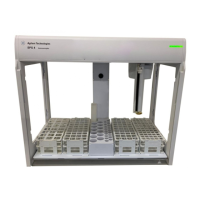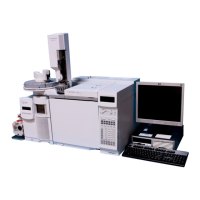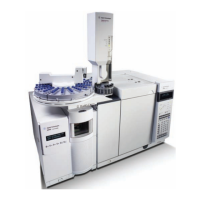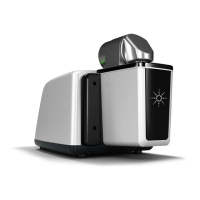Agilent 4150 TapeStation System Manual 85
Good Measurement Practices
7
Good Pipetting Practice
Good Pipetting Practice
A consistent pipetting technique is essential to achieve reliable and
reproducible results. Always follow the recommended good pipetting practice
guides from the respective manufacturer.
• Pipettes possess different pressure points and volume controls depending
on the manufacturer. Familiarize yourself with the pipettes used.
• Quality pipettes possess a tolerance range which can be checked in the
respective user documentation.
• Always ensure that pipettes that are used are calibrated.
• Pipette with a slow, smooth action.
• Hold the pipette vertically when drawing liquid.
• Immerse the tip only as deep as necessary when drawing liquid, otherwise
the outside of the tip will be coated with liquid as well.
• Always pipette reagents against the side of the 96-well sample plate or
sample tube.
• When pipetting small volumes ensure that no liquid remains within the tip
or on the outside of the tip.
• Use a pipetting technique suitable for heterogenous samples.
• Care must be taken due to viscosity of sample buffer. Highly viscous
solutions may require drawing liquid more slowly to ensure that the proper
volume is filled.
